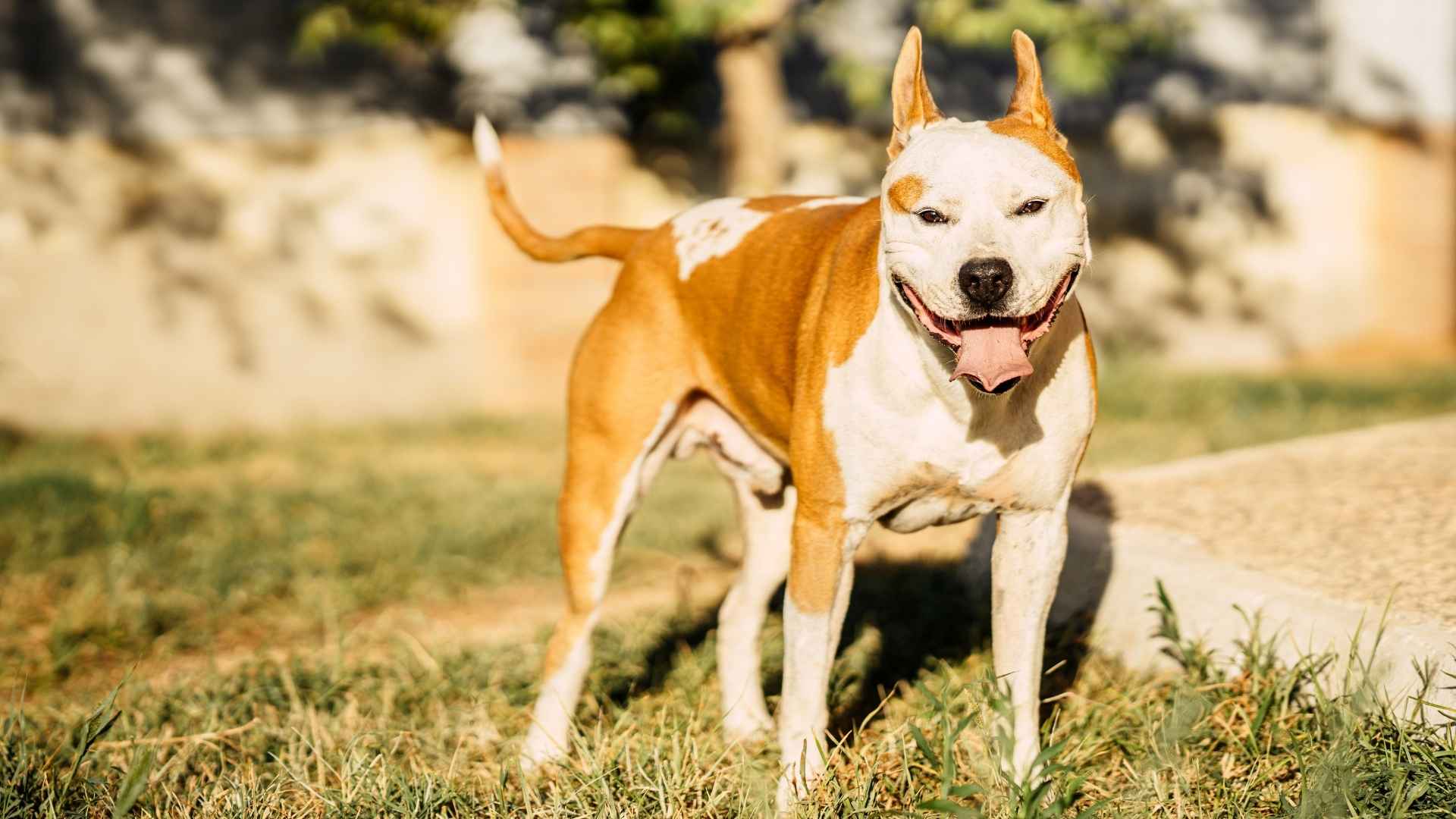Breed-Specific Legislation (BSL) affects numerous dog breeds across the United States, with regulations varying by jurisdiction. These bans, often rooted in safety concerns or historical incidents, spark intense debate between breed advocates and lawmakers. In fact, over 700 U.S. cities enforce breed-specific legislation (BSL), aiming to reduce dog-related injuries by restricting certain breeds.
What makes certain dog breeds (including mixed-breed dogs) illegal in one town and beloved in another? It often concerns perception, training, and isolated events that have influenced policy. Some states have lifted blanket bans in favor of behavior-based assessments, while others continue to prohibit specific breeds outright. Understanding these rules can save you a major headache if you’re moving, traveling, or adopting a dog.
In this article, we dive into seven of the most commonly banned breeds in the U.S. We’ll explore why they’re restricted, what makes them controversial, and what every potential dog owner should know. Let’s unpack the facts and fables behind these misunderstood pups.
Dog Breeds That Are Illegal in the US
1. American Pit Bull Terrier

The American Pit Bull Terrier (APBT) is perhaps the most recognized for breed-specific bans.
Once praised for their loyalty and strength, this restricted dog breed has become a focal point in debates about aggressive dogs and public safety.
Over the years, their portrayal in media and isolated attacks have contributed to a reputation that’s often more myth than reality.
Many municipalities have labeled them “dangerous” due to their bite strength and determination, which can make attacks more serious. However, dog behaviorists often argue that aggression is more linked to poor training and environment than to breeding alone.
Advocates emphasize that Pit Bulls are affectionate, smart, and fantastic companions when properly socialized.
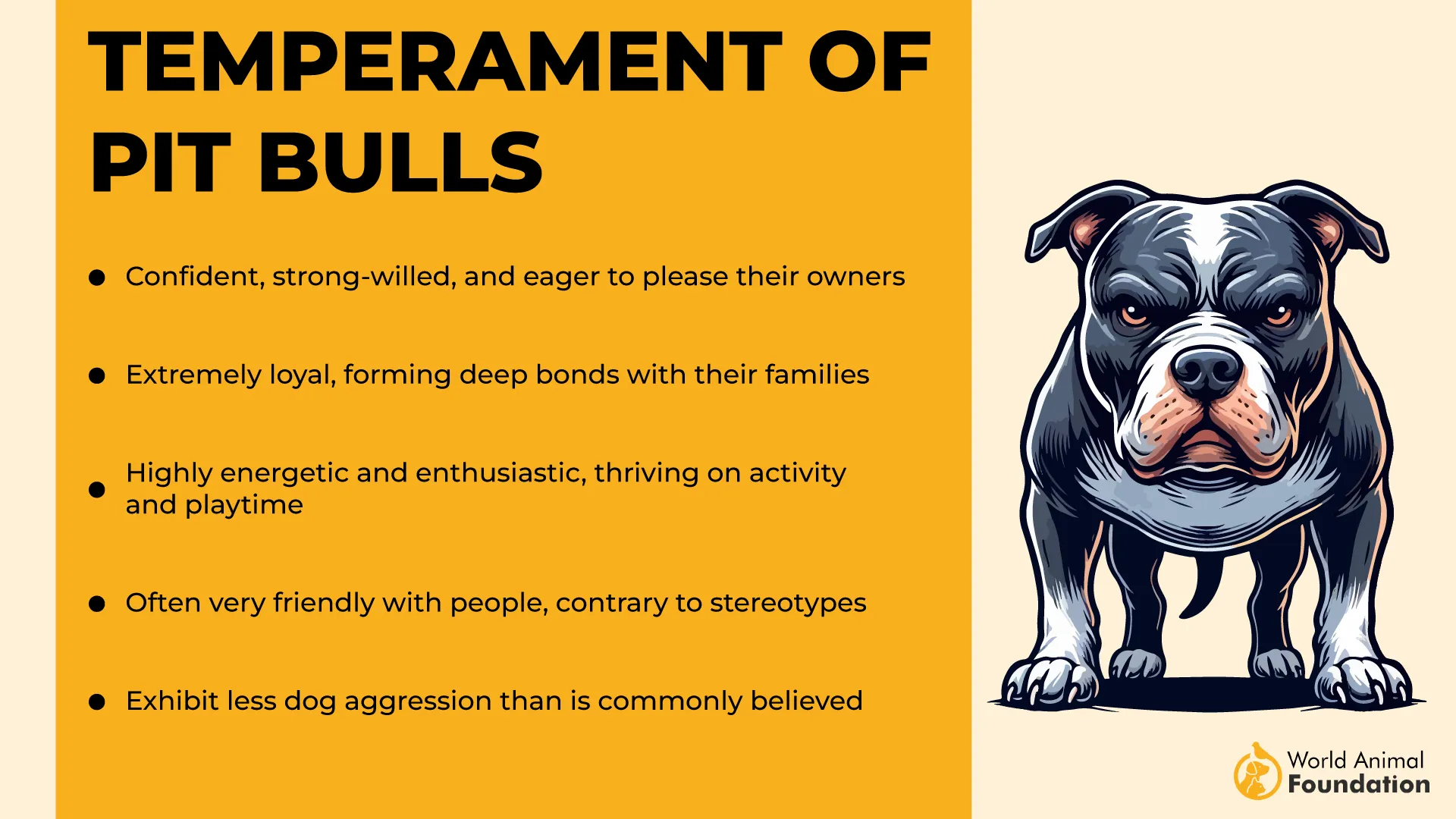
They are banned or restricted in parts of states like Colorado, Iowa, Kentucky, and Missouri, among others. Enforcement varies, with some areas requiring muzzles in public while others forbid ownership entirely. Taking up Pit Bull ownership in the US is a tricky matter!
If you’re considering adopting one, check local ordinances first—and be ready to advocate for your dog.
2. Staffordshire Bull Terrier

Often lumped in with Pit Bulls due to their physical similarities, the Staffordshire Bull Terrier is another breed targeted by breed-specific legislation.
Originally bred for bull-baiting and later refined into affectionate companions, Staffies are muscular, confident, and loyal dogs that tend to bond closely with their families.
Their appearance and shared lineage with the American Pit Bull Terrier make them frequent victims of mistaken identity. Even a dog that looks vaguely like a “bully breed” may be prohibited in cities with bans.
Unfortunately, this has led to wrongful confiscation and legal disputes over breed classification.
Despite their tough exterior, Staffordshire Bull Terriers are known to be gentle with children and can be highly trainable with positive reinforcement. They are not known for aggressive dog bites. Still, several regions across the U.S. include them in restricted breed lists.
Education and responsible ownership are key in shifting the narrative for these loving dogs.
3. Bullmastiff

Bullmastiffs may be giants, but their temperaments are often anything but aggressive.
Bred to guard estates in 19th-century England, they were trained to restrain intruders without biting. Despite this, their intimidating size and protective instincts have landed them on the banned list in several areas.
At up to 130 pounds, a Bullmastiff is a powerful dog, and this sheer strength can be concerning if not matched with proper training and socialization. Their loyal nature can turn into territorial behavior if they’re not taught to distinguish between friend and foe.
They were originally bred as personal protection dogs, which makes them highly loyal and territorial. This protective nature can be perceived as aggression, especially in urban environments or apartment complexes prioritizing passive breeds.
Though not as frequently banned as Pit Bulls or Rottweilers, Bullmastiffs face restrictions in cities like Wapato, Washington, and parts of Michigan. As with all large breeds, owning one requires a commitment to firm but loving leadership, early socialization, and consistent boundaries. When raised responsibly, Bullmastiffs are calm, affectionate, and surprisingly gentle.
4. Rottweiler
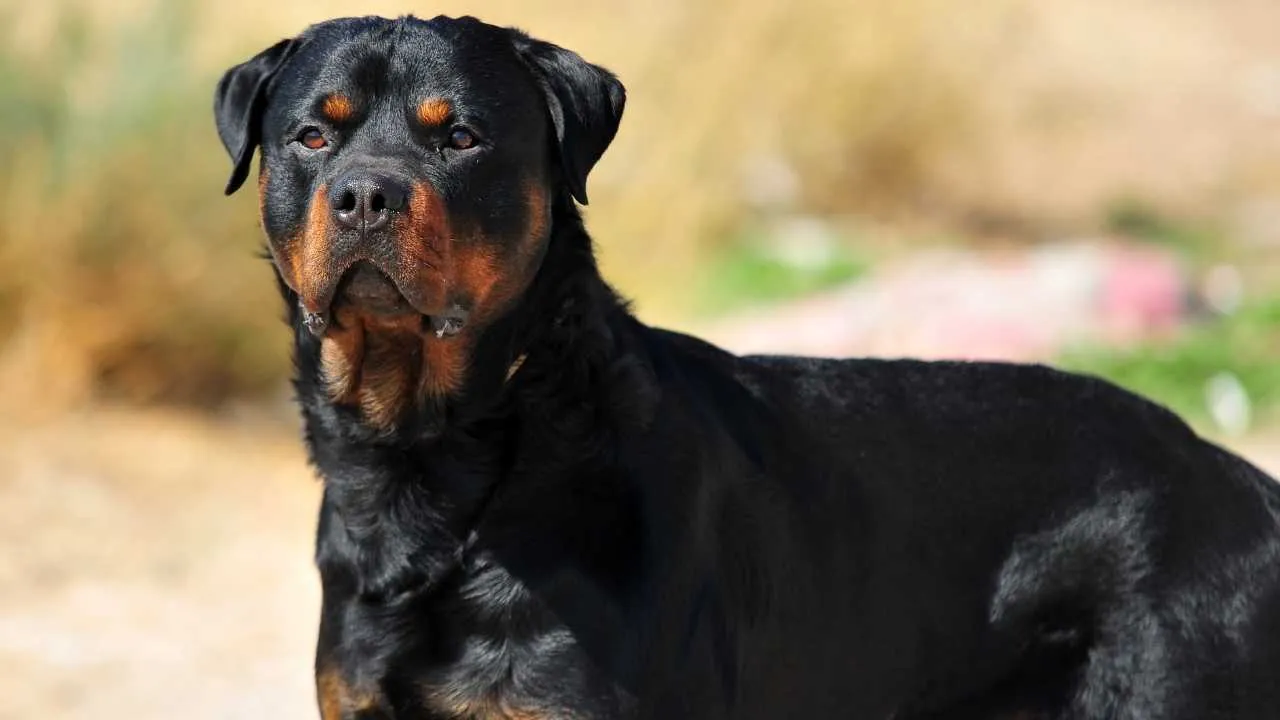
Rottweilers are often seen as tough, serious dogs—and they are.
But they’re also loyal, trainable, and deeply attached to their families. Historically used for herding and guarding, these dogs are incredibly intelligent and thrive when given a job.
However, their protective instincts and large size have made them the target of bans and restrictions in cities across the U.S., including parts of Washington, Indiana, and Georgia. A Rottweiler’s strength can be dangerous when improperly trained or left to their own devices.
Despite many being calm and well-trained, they are often stereotyped as aggressive or dangerous due to media portrayals and some isolated incidents. This reputation can cause fear and lead to breed-specific restrictions.
Critics argue that banning the breed doesn’t address the root cause of aggression—which is usually irresponsible ownership. Advocates stress the importance of early socialization, obedience training, and structured environments. With the right upbringing, a Rottie can be a gentle giant and a loving guardian.
5. Doberman Pinscher
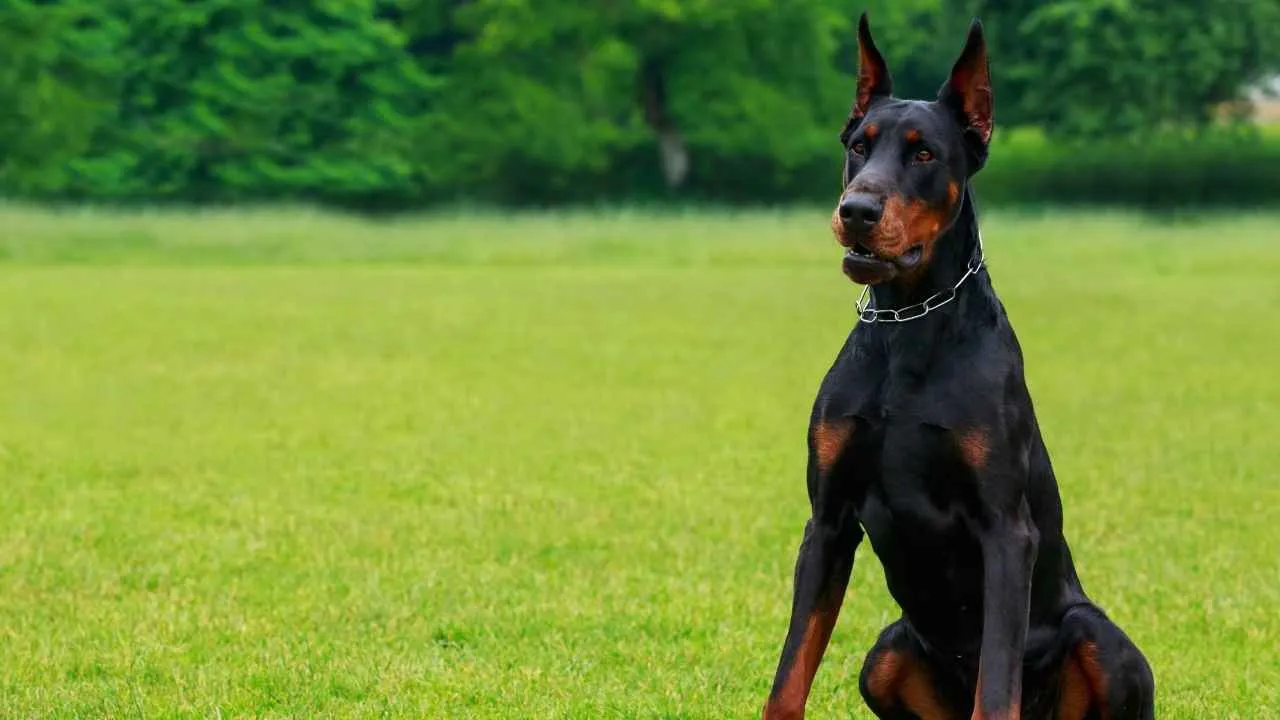
With their sleek build and alert expression, Doberman Pinschers have long been associated with protection and authority.
Their military and police backgrounds, just like that of the German Shepherds, haven’t helped shake off their reputation for being aggressive, even though they’re loyal and affectionate to their families.
Dobermans are highly intelligent and eager to please, as per WebMD, but they also require strong leadership and consistent training. Their natural guarding instincts can lead to overprotectiveness if not properly managed, so some regions have placed them on restricted breed lists.
Places like Fairfield, Iowa, and parts of North Dakota have implemented breed-specific rules that impact Doberman ownership.
Some insurance providers label them as a “high-risk breed” and either deny coverage or charge higher premiums to homeowners who own one. This encourages landlords and property owners to restrict or ban the breed.
Still, with responsible handling, Dobermans can make excellent family pets that balance alertness with affection. The key is understanding their working dog mindset and providing plenty of structure and engagement.
6. Akita
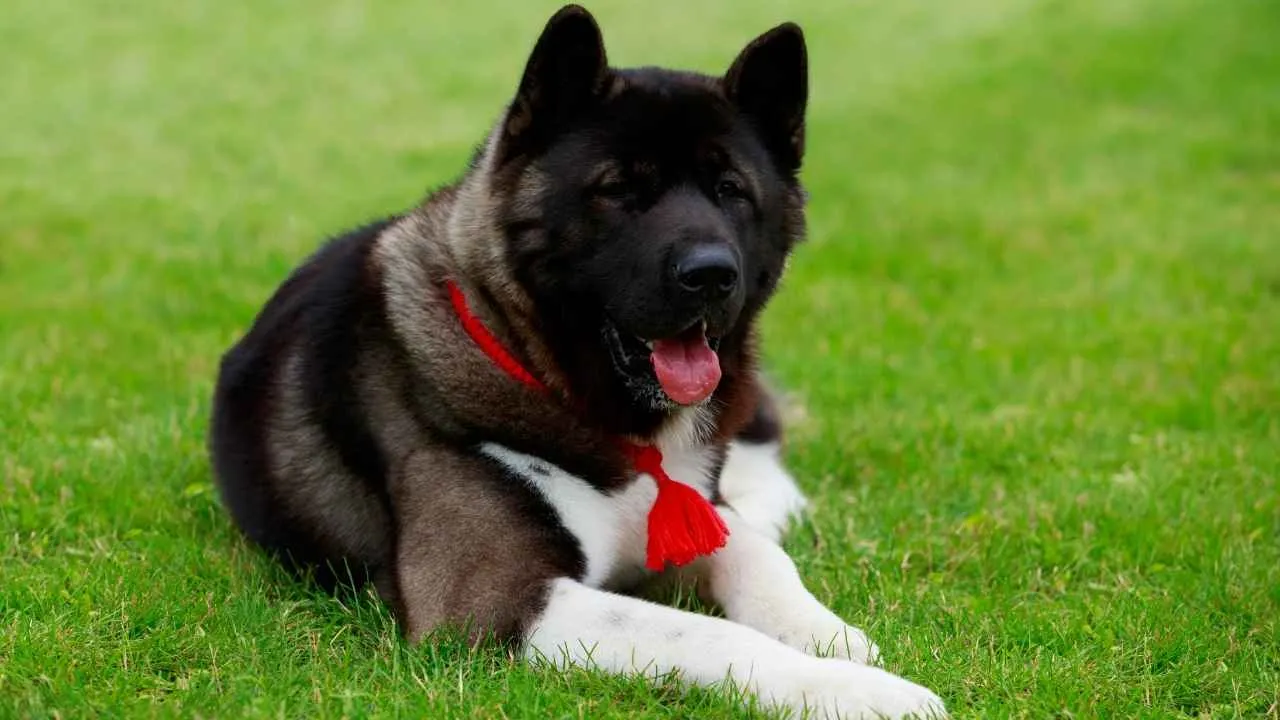
The Akita is a noble, dignified breed with roots in Japan.
Originally used to guard royalty and hunt large game, Akitas are independent, intelligent, and deeply loyal. Massive in size like the canary dog, their strong-willed nature and potential for aggression toward unfamiliar animals make them a challenging breed for inexperienced owners.
Because of their aloofness and territorial behavior, Akitas are banned or restricted in places like Iowa and Louisiana.
PetMD claims these dogs don’t usually seek confrontation but won’t back down from one either. This makes socialization, obedience training, and supervision crucial from a young age.
In the right hands, Akitas are calm, respectful, and utterly devoted to their families.
They do best in quiet, stable homes with owners who understand their complex personalities. When misunderstood or poorly trained, however, their power and instincts can become problematic.
7. Rhodesian Ridgeback

Originally bred in Africa to track and corner lions, the Rhodesian Ridgeback is a powerful and courageous dog with an independent streak.
While they aren’t as commonly banned as some other breeds on this list, their strong prey drive and size have led to restrictions in parts of the U.S.
Recognized by the American Kennel Club, these dogs are strong-willed and independent!
Rhodesian Ridgebacks are typically calm and even-tempered in the home, but they can be wary of strangers and reactive around smaller animals if not well-socialized. They need a confident owner who can provide firm boundaries without heavy-handed discipline.
Though not illegal in most states, Ridgebacks may be restricted under certain housing policies or insurance regulations, just like the American Staffordshire Terriers. Their athletic build and endurance require regular exercise, while their mind thrives on mental stimulation.
With proper training, these dogs are loving, loyal, and dignified members of the family.
Conclusion
When it comes to banned dog breeds in the U.S., it’s clear that fear, misunderstanding, and isolated incidents have shaped a complex legal landscape. Breed-specific legislation continues to spark heated debate, with critics arguing it punishes dogs for their looks rather than their behavior.
Each breed on this list can be a loving, loyal companion when raised with care, consistency, and socialization. Many experts and animal organizations advocate for behavior-based laws focusing on individual dog behavior rather than broad bans.
For prospective dog owners, knowledge is power. Before bringing home any dog—especially a breed that may be restricted—check local laws, housing rules, and insurance policies. Understanding your dog’s instincts, needs, and history can set the foundation for a safe and harmonious life together.
While some of these breeds carry a stigma, they also carry a legacy of loyalty, strength, and intelligence. Any dog can thrive in the right environment and with the right owner—even those with a controversial past.


